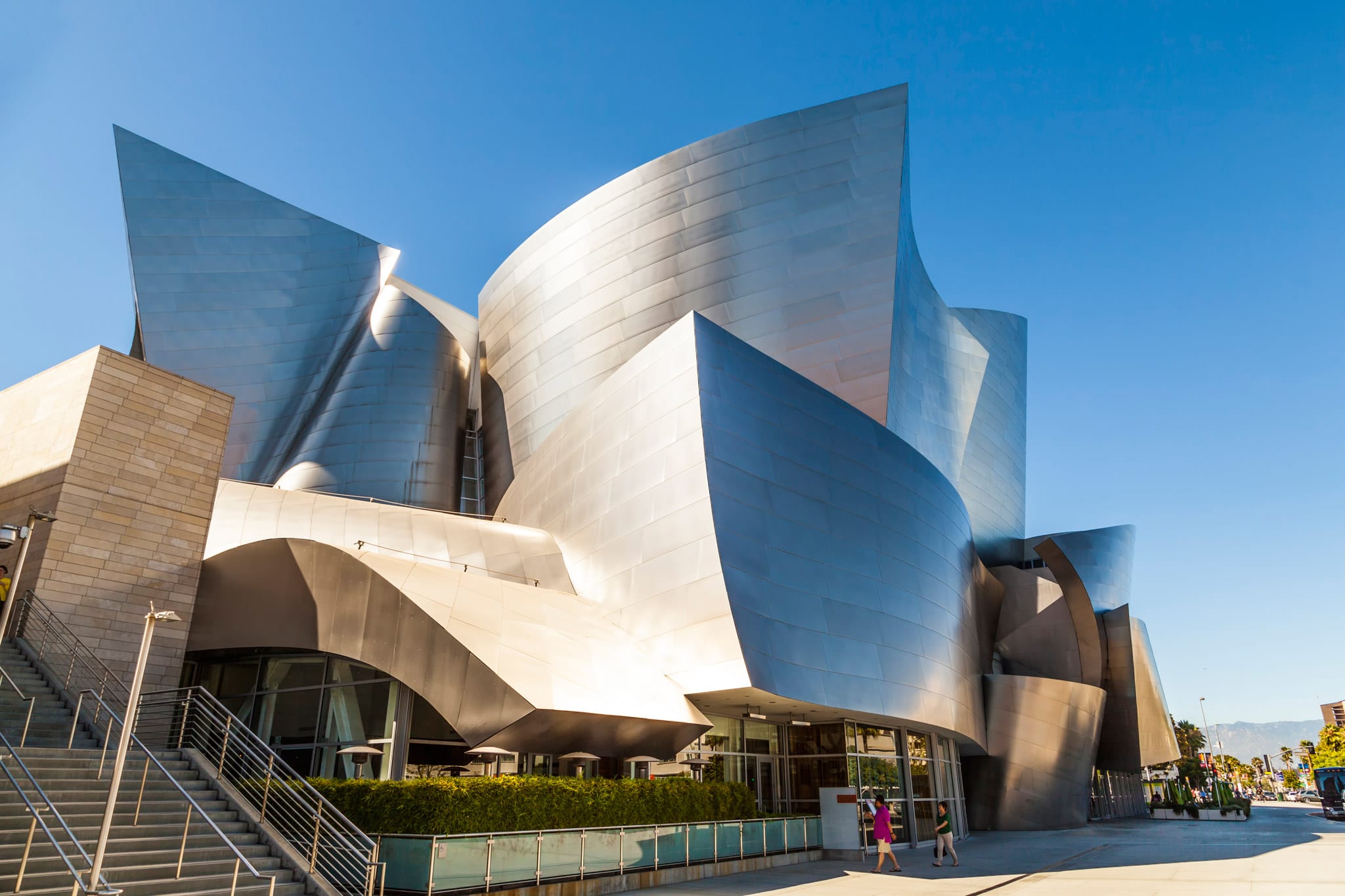The Impact of Technological Innovations on the Style Practices of Contemporary Architects
The fast advancement of technical tools has considerably improved the layout landscape for modern architects, fostering unprecedented levels of advancement and sustainability. Discovering these characteristics discloses a nuanced interplay between technology and conventional style methods, triggering a more detailed exam of what the future holds for building techniques.
Advancement of Architectural Devices
Exactly how have architectural tools changed the style and building processes over the centuries? The evolution of building tools has significantly influenced the effectiveness, accuracy, and creativity of layout and building.
With the advent of the Renaissance, the intro of the compass and the protractor noted a pivotal change. These tools made it possible for engineers to accomplish greater precision in their designs, promoting the introduction of more detailed and in proportion buildings. The Industrial Change even more changed architectural exercise with the intro of mechanized tools and products, enabling bigger and more enthusiastic projects.
In the 20th century, the advancement of computer-aided layout (CAD) software application changed the landscape once more, giving architects with extraordinary capabilities in modeling and visualization. Today, progressed devices such as Building Details Modeling (BIM) and parametric design software application proceed to push the limits of building development, making it possible for a more incorporated strategy to design and building procedures.
Boosted Cooperation in Layout
As technology continues to develop, improved partnership in layout has ended up being a cornerstone of modern building technique. The assimilation of electronic devices such as Building Info Modeling (BIM), cloud-based platforms, and progressed visualization software has transformed the way architects, engineers, and stakeholders communicate throughout the design process. These devices facilitate real-time interaction, permitting groups to share concepts, adjustments, and comments promptly, no matter geographical place.

In addition, interdisciplinary collaboration has actually been structured through these technical advancements, allowing engineers to work much more very closely with other professionals, such as metropolitan organizers and environmental experts. The outcome is a more cohesive technique to make that considers different viewpoints and knowledge. Eventually, boosted collaboration in design is not simply a pattern; it is crucial for creating innovative, practical, and visually pleasing design in a significantly intricate globe.

Sustainability Through Modern Technology
Sustainability in style has increasingly become linked with technical development, driving the industry towards ecologically accountable practices. Contemporary engineers are leveraging innovative innovations to minimize ecological effect while enhancing the efficiency of structures. cda architects. One popular instance is the usage of Building Information Modeling (BIM), which permits exact planning and source appropriation, minimizing waste during construction and advertising energy efficiency throughout a structure's lifecycle
Furthermore, smart products and energy-efficient systems are being incorporated into layouts to optimize resource use. Technologies such as solar cells and green roof covering systems harness renewable resource resources, contributing to reduced carbon impacts. In addition, the application of expert system in style processes enables designers to imitate and examine energy intake, guiding choices towards more lasting end results.
The integration of lasting technologies not just straightens with worldwide ecological goals however additionally satisfies a raising demand from customers for environmentally friendly options. As engineers accept these technologies, the focus moves in the direction of creating areas that are not only cosmetically pleasing however additionally functionally sustainable, consequently redefining click this the criteria of modern-day style. In this way, technology works as a catalyst for sustainability, enabling engineers to develop structures that regard and enhance the native environment.
Challenges in Implementation
While technical advancements in architecture hold great promise for improving sustainability, their application usually runs into substantial obstacles. One key challenge is the high discovering curve associated with new technologies. Architects and construction professionals might call for considerable training to properly make use of sophisticated software application and tools, which can delay task timelines and raise expenses.
Furthermore, the combination of emerging modern technologies, such as Structure Info Modeling (BIM) and sustainable products, usually demands partnership across multidisciplinary groups. This partnership can be impeded by differences in expertise, operations, and interaction styles, bring about possible disputes and inefficiencies.

In addition, regulatory frameworks and building ordinance might not maintain rate with technological developments, producing obscurity and potential compliance issues. This difficulty can prevent engineers from totally welcoming new technologies, as the risk of non-compliance may outweigh the benefits. Attending to these application difficulties is critical for the effective assimilation of technical advancements in contemporary architectural practices.
Future Trends in Architecture
The challenges connected with the you can find out more implementation of new technologies in design have triggered a reevaluation of future patterns within the sector - cda architects. As engineers browse issues such Related Site as sustainability, urbanization, and social equity, they are increasingly adopting innovative modern technologies to boost style effectiveness and environmental performance
One prominent fad is the combination of expert system (AI) in the style process. AI devices can examine huge datasets to inform layout choices, enhancing both creativity and capability. Building Details Modeling (BIM) continues to evolve, allowing real-time collaboration amongst stakeholders and assisting in streamlined job management.
Lasting design methods are also obtaining momentum, with engineers concentrating on flexible reuse and regenerative design concepts that minimize source consumption and waste. The unification of smart products and renewable resource resources will better enhance the durability of buildings despite climate adjustment.
Additionally, the surge of parametric design enables for more tailored and context-sensitive architectural services (cda architects). By harnessing these improvements, architects are poised to develop constructed settings that not only address the prompt requirements of culture yet likewise prepare for future challenges, thus redefining the function of style in an ever-changing world
Final Thought
Technological innovations have actually substantially reshaped architectural layout techniques, assisting in enhanced accuracy, cooperation, and sustainability. The combination of tools such as Structure Info Modeling and parametric design software, along with man-made intelligence and clever products, empowers engineers to attend to complex obstacles more properly.